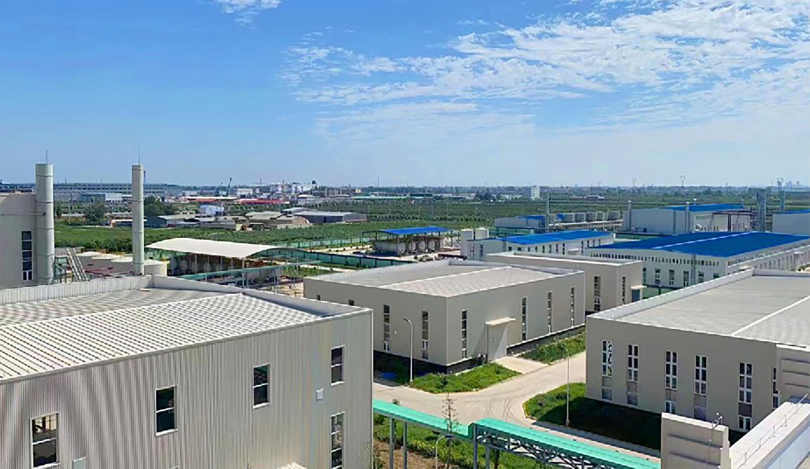
نوفمبر . 05, 2024 22:35 Back to list
Applications and Benefits of Hydroxypropyl Methyl Cellulose in Various Industries
Hydroxypropyl Methylcellulose Versatile Polymer in Modern Applications
Hydroxypropyl Methylcellulose (HPMC) is a non-ionic, water-soluble polymer derived from cellulose, a natural polymer obtained from wood and plant fibers. This versatile compound has garnered significant attention in various industries due to its unique properties and functionalities. As we delve into the multifaceted applications of HPMC, we will explore its structural characteristics, uses in different sectors, and potential benefits.
Structural Characteristics
HPMC is synthesized by substituting a portion of the hydroxyl groups in cellulose with hydroxypropyl and methyl groups. This modification enhances its solubility in hot and cold water while retaining the gelling properties of cellulose. HPMC is available in a variety of viscosity grades, which further tailors its applications to meet specific industry requirements. The characteristics of HPMC, such as its thickening, emulsifying, and film-forming properties, make it a valuable additive in many formulations.
Applications in Various Industries
1. Pharmaceuticals In the pharmaceutical industry, HPMC serves multiple roles. It is widely used as a binder in tablet formulations, where it helps in achieving uniform distribution of active ingredients. Additionally, HPMC is used in controlled-release formulations, allowing for the gradual release of medication over time. Its mucoadhesive properties enable better bioavailability, making it an essential ingredient in various drug delivery systems.
2. Food Industry HPMC is also utilized in the food industry as a thickener, stabilizer, and emulsifier. Its ability to improve texture and viscosity makes it a popular choice in sauces, dressings, and dairy products. Moreover, HPMC is often found in gluten-free products, where it mimics the texture typically provided by gluten, enhancing the quality of baked goods.
3. Construction The construction sector leverages HPMC as a critical additive in mortars and plaster. It enhances workability, improves water retention, and increases the adhesive properties of construction materials. These traits are particularly beneficial in applications where the material must remain workable for longer periods, allowing for adjustments during the installation process.
hydroxypropyl methyl cellulose

4. Cosmetics and Personal Care In the cosmetics industry, HPMC is valued for its film-forming and moisturizing properties. It is commonly used in lotions, creams, shampoos, and hair styling products. Its ability to create a barrier on the skin helps retain moisture, making it an attractive ingredient for hydrating formulations.
5. Biomedical Applications Beyond pharmaceutical formulations, HPMC is being explored for biomedical applications, including wound dressings and tissue engineering. Its biocompatibility and ability to retain moisture make it suitable for hydrogels used in wound care, promoting a conducive environment for healing.
Potential Benefits
The incorporation of HPMC in various formulations offers numerous benefits. It is generally recognized as safe (GRAS) by regulatory authorities, making it a favorable choice for food and pharmaceutical products. Its biodegradable nature aligns with the growing demand for sustainable ingredients, appealing to environmentally conscious consumers and industries.
In addition, the wide range of viscosities available allows manufacturers to select the most appropriate grade for specific applications, enhancing product performance tailored to consumer needs. As the demand for multifunctional ingredients continues to rise, HPMC stands out for its adaptability across different sectors.
Conclusion
Hydroxypropyl Methylcellulose is a powerful polymer with extensive applications across multiple industries. From pharmaceuticals to food, construction, cosmetics, and biomedical fields, its ability to function as a thickening agent, binder, emulsifier, and stabilizer proves its versatility. As industries increasingly seek innovative and sustainable solutions, HPMC’s role is expected to grow, continuing to influence product development and formulation practices for years to come. The ongoing research and development in this area will likely unveil even more potential applications, further solidifying HPMC's position as an essential ingredient in modern formulations.
-
Versatile Hpmc Uses in Different Industries
NewsJun.19,2025
-
Redispersible Powder's Role in Enhancing Durability of Construction Products
NewsJun.19,2025
-
Hydroxyethyl Cellulose Applications Driving Green Industrial Processes
NewsJun.19,2025
-
Exploring Different Redispersible Polymer Powder
NewsJun.19,2025
-
Choosing the Right Mortar Bonding Agent
NewsJun.19,2025
-
Applications and Significance of China Hpmc in Modern Industries
NewsJun.19,2025







